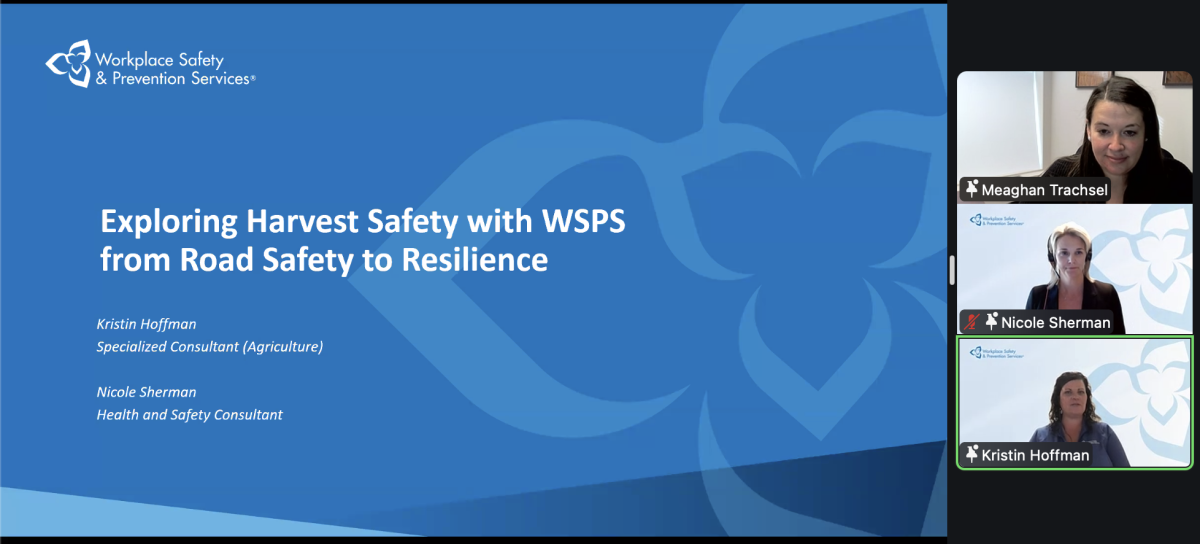CNS Canada — The national job vacancy rate in the agriculture, forestry, fishing and hunting sector is increasing compared to the same period a year ago.
Data for the first quarter of 2018, ending April 30, showed a vacancy rate of 6.9 per cent in the sector compared to 5.3 per cent in the first quarter of 2017.
Statistics Canada defines the job vacancy rate as the number of job vacancies expressed as a percentage of labour demand; that is, all occupied and vacant jobs.
In actual numbers, vacancies rose to 13,815 from 10,335 comparing the two quarters year over year.
Read Also

Exploring Harvest Safety
Kristin Hoffman of WSPS explains measures for increased farm safety around harvest season
StatsCan did not provide numbers for agriculture alone.
In the survey, the national average hourly wage also rose for the sector, reaching $14.90 in the first quarter of this year, compared to $13.55 for Q1 of 2017.
The job vacancy rates for Manitoba and Saskatchewan were not available, but in Manitoba the number of job vacancies grew to 405 in the first quarter this year compared to 335 for the first quarter of 2017.
In Saskatchewan, the first quarter of this year saw 700 job vacancies, up from 550 in the first quarter of 2017. However, StatsCan issued a caution about the validity of the Saskatchewan numbers due to the small sample size.
Alberta posted 945 job vacancies in the sector in the first quarter of this year, according to the survey, compared to 870 for the same period in 2017.
In Ontario, the job vacancy rate for the sector was reported at 9.7 per cent for the first quarter of 2018 compared to 9.5 per cent for the first quarter of 2017. In total number of job vacancies, StatsCan reported Ontario with 5,025 jobs in the first quarter of this year, compared to 4,765 in the same period of 2017.
The average offered hourly wage took a jump in Ontario with the province’s minimum wage increasing to $14 per hour this January and another increase to $15 planned for Jan. 1, 2019. The average wage offered for the first quarter of this year for the sector was $15.05, according the survey, compared to $12.30 in the first quarter of 2017.
The sector also showed hourly wage increases for the first quarter of 2018 from the same period in 2017 for Manitoba ($17.30 from $16.10), Saskatchewan ($17.50 from $17.30) and Alberta ($18.55 from $17.05).
— Terry Fries writes for Commodity News Service Canada, a Glacier FarmMedia company specializing in grain and commodity market reporting.















